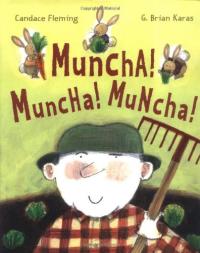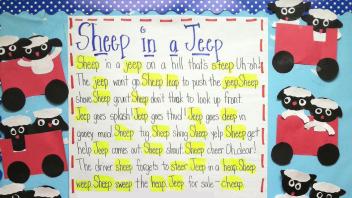Why match books to phonics features?
Matching books to phonics features is an effective way to reinforce phonics instruction and provide emerging readers with opportunities to apply their knowledge in context. When selecting texts (books, stories, and poems), consider the phonics features or patterns you are focusing on, and choose texts that contain a large number of words that your students can decode.
Key Information
Focus
When To Use This Strategy
Appropriate Group Size
How to match books (and other texts) to phonics features
Identify phonics features: Determine the specific phonics features, patterns, or skills you are teaching — for example, blends, digraphs, vowel patterns, and more.
Assess student needs: Consider the phonics skills and levels of your students. Select books that align with their current abilities and provide appropriate challenges for growth.
Gather your library of books and other texts: Create a list that incorporates the targeted phonics features. This could involve using classroom libraries or online resources that allow you to filter books based on specific phonics elements.
Review book content: Examine the content of each book to ensure it includes lots of words and examples that showcase the targeted phonics features.
Consider text complexity: Choose books with appropriate text complexity for your students. The goal is to provide a balance between challenging and accessible content to support learning.
Look for pattern practice: Seek books that provide ample opportunities for students to practice the targeted phonics patterns in different contexts. Repetition within the text can reinforce learning.
Incorporate variety: Include a variety of genres and topics to maintain students’ interest. The more your students enjoy the books, the more motivated they will be to apply their phonics skills.
Explore decodable books: Decodable books are designed to align with specific phonics patterns and provide opportunities for students to practice decoding words with the targeted features. Find sources for decodable texts below.
Learn more
Using Picture Books in Phonics Instruction: This blog post shows how one first grade teacher uses Sheep in a Jeep to teach long ‘e’ sounds. Sheep in a Jeep — Teaching Long ‘e’ ›

Collect resources
Free decodable texts aligned with phonics skills!
Decodable texts are carefully sequenced to progressively incorporate words that are consistent with the letter–sound relationships that young readers are learning. Looking for free decodable texts? Use this scope and sequence (from our sister project, Reading Universe) to match a decodable text with the spelling pattern you’re teaching. Free decodable texts for each phonics skill
Decodables from publishers
This list of links, compiled by The Reading League, includes decodable text sources for students in grades K-2, 3-8, teens, and all ages. Decodable Text Sources ›
UFLI Foundations decodable text guide
This resource is designed to assist teachers in locating decodable text that aligns with the UFLI Foundations Scope and Sequence . The UFLI Foundations decodable passages are directly linked, and books from other publishers are listed by title next to the appropriate lesson. UFLI Foundations Decodable Text Guide ›
Booklists
- Picture Books for Vowel Sounds (Duquesne University)
- Digraphs and the Sounds They Make (Epic!)
- Teaching ‘r’ Blends: Fun Books to Read (Teachers Love Lists)
- Teaching Phonics with Picture Books (United World Colleges Southeast Asia Libraries)
Differentiate instruction
For second language learners, students of varying reading skill, and younger learners
- Use picture books paired with oral instruction for younger and lower skill level students. For example, the teacher can direct the students to point to pictures that begin with a certain sound or end with a particular word family.
- Create simple classroom books with one or two phonics features and have students look through magazines and catalogs for pictures that contain the feature being studied.
- Have more advanced student students create their own short “phonics feature” books by using the target phonetic aspect to write complete sentences.
See the research that supports this strategy
Ehri, L. C. (1998). Grapheme-phoneme knowledge is essential for learning to read words in English. In J. L. Metsala & L. C. Ehri (Eds.), Word Recognition in Beginning Literacy (pp.3-40). Mahway, NJ: Erlbaum.
Johnston, F., Invernizzi, M., & Juel, C. (1998). Book Buddies: Guidelines for Volunteer Tutors of Emergent and Early Readers. New York: Guilford Publications.
National Institute of Child Health and Human Development. (2000). Report of the National Reading Panel. Teaching Children to Read: An Evidence-based Assessment of the Scientific Research Literature on Reading and Its Implications for Reading Instruction (NIH Publication No. 00-4769). Washington, DC: U.S. Government Printing Office.
Children’s books to use with this strategy
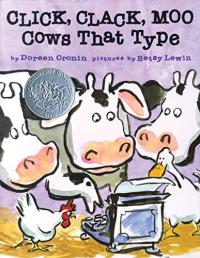
Click, Clack, Moo: Cows That Type

Fancy Nancy

Have You Seen My Cat?
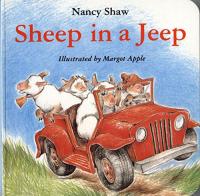
Sheep in a Jeep
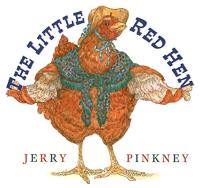
Little Red Hen
